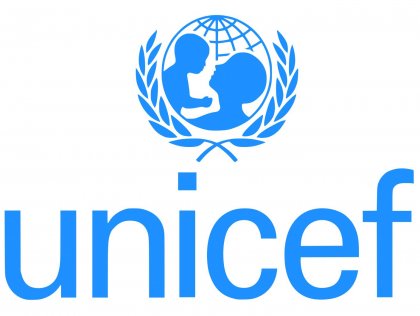One in Two Bulgarian Children Experienced Some Form of Violence before Reaching 18 - UNICEF-Commissioned Study

Sofia, April 20 (BTA) - One in two children in Bulgaria (47 per
cent) has experienced some form of violence before reaching 18.
Emotional violence is the prevalent type (45.9 per cent),
followed by physical violence (31.2 per cent), sexual violence
(15.6 per cent), and neglect (10.5 per cent). Thirteen per cent
of the children have experienced all forms of violence, the
Coram International research company found in a survey
commissioned by UNICEF and conducted for Bulgaria by ESTAT
Research and Consultancy on behalf of Coram. The study was
presented by UNICEF Bulgaria Director Communications for Social
Change Ivailo Spassov at a BTA-hosted news conference on
Tuesday.
The study spanned the 2019-2020 period and covered a nationally
representative sample of households including 1,174 children in
the 13-17 age group, 837 young people aged between 18 and 25,
and 1,411 adults. In addition, ESTAT polled 887 teachers, social
workers, prosecutors and magistrates, health specialists and
police officials.
School is where children most frequently experience violence
(38.3 per cent), followed by communities (37.6 per cent) and
home (30.9 per cent). One in three children (34.8 per cent) said
they felt endangered at home, at school, or in the community.
Children and young people who have experienced violence or
neglect and those who feel endangered have a much lower level of
well-being than their peers, the experts say.
Nearly one in three children or young people reported that they
had been subjected to physical violence at an earlier age. Boys
(37.2 per cent) have been victims of physical violence more
frequently than girls (25.6 per cent). "At home" is most
frequently cited as the place where violence against children is
committed. Parents are most often identified as perpetrators of
physical violence at home, fathers prevailing in violence
resulting in injuries. About 40 per cent, or two in five parents
or guardians said they had used physical violence as a teaching
method over the past year, and one in twenty parents reported
use of severe corporal punishment.
Parents of poorer households and those with lower educational
attainment more frequently reported using coercive
character-education methods in respect to their children, and
the frequency of administering corporal punishment to children
is nearly four times greater for parents who had been hit or
frequently beaten in their own childhood.
Peers are most often indicated as perpetrators of physical
violence against children at school and in the community.
Reports of teachers or other school staff committing such
violence were few and far apart.
The study identified emotional violence as the most widespread
form of violence against children, with nearly half (45.9 per
cent) of all children and young people reporting that they had
been subject to that form at an earlier age. The reports of boys
and girls having been victims of emotional violence are equally
frequent. Unlike physical violence, children most often
encounter emotional violence at school and in the community, not
at home. More than one in ten children has been victim of
online harassment, particularly on social media, the poll found.
About 16 per cent, or nearly one in six children and young
people, reported they had been subject to sexual violence at an
earlier age. Girls (one in five) have experienced such violence
far more frequently than boys (one in ten).
Judging by the reported levels of neglect, it is less widespread
than the other types of violence. One in ten children and young
people reported having been neglected at an earlier age: 3.5
per cent said their guardians sometimes forgot to feed them, and
6.8 per cent said that in some cases the guardians forgot to
take them to school or tell them to go to school.
This comprehensive survey is the first of its kind in Bulgaria,
as it collects data about all forms of violence against children
in different environments and assesses a thorough an assessment
of the capacity of the competent services to prevent and
suppress this phenomenon. NV/BR



 EUR 1.9558
EUR 1.9558
 USD 1.7284
USD 1.7284
 CHF 1.8677
CHF 1.8677